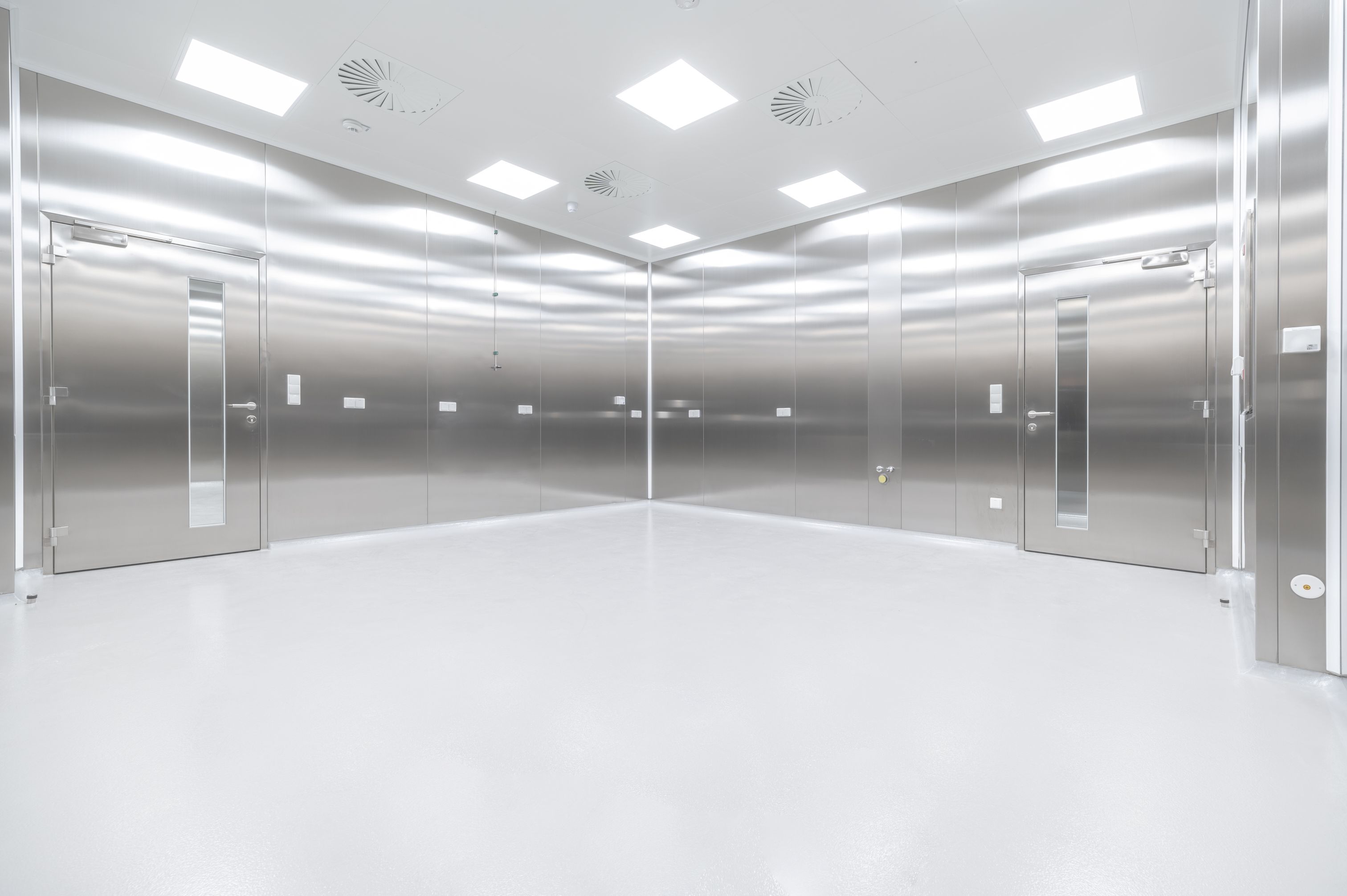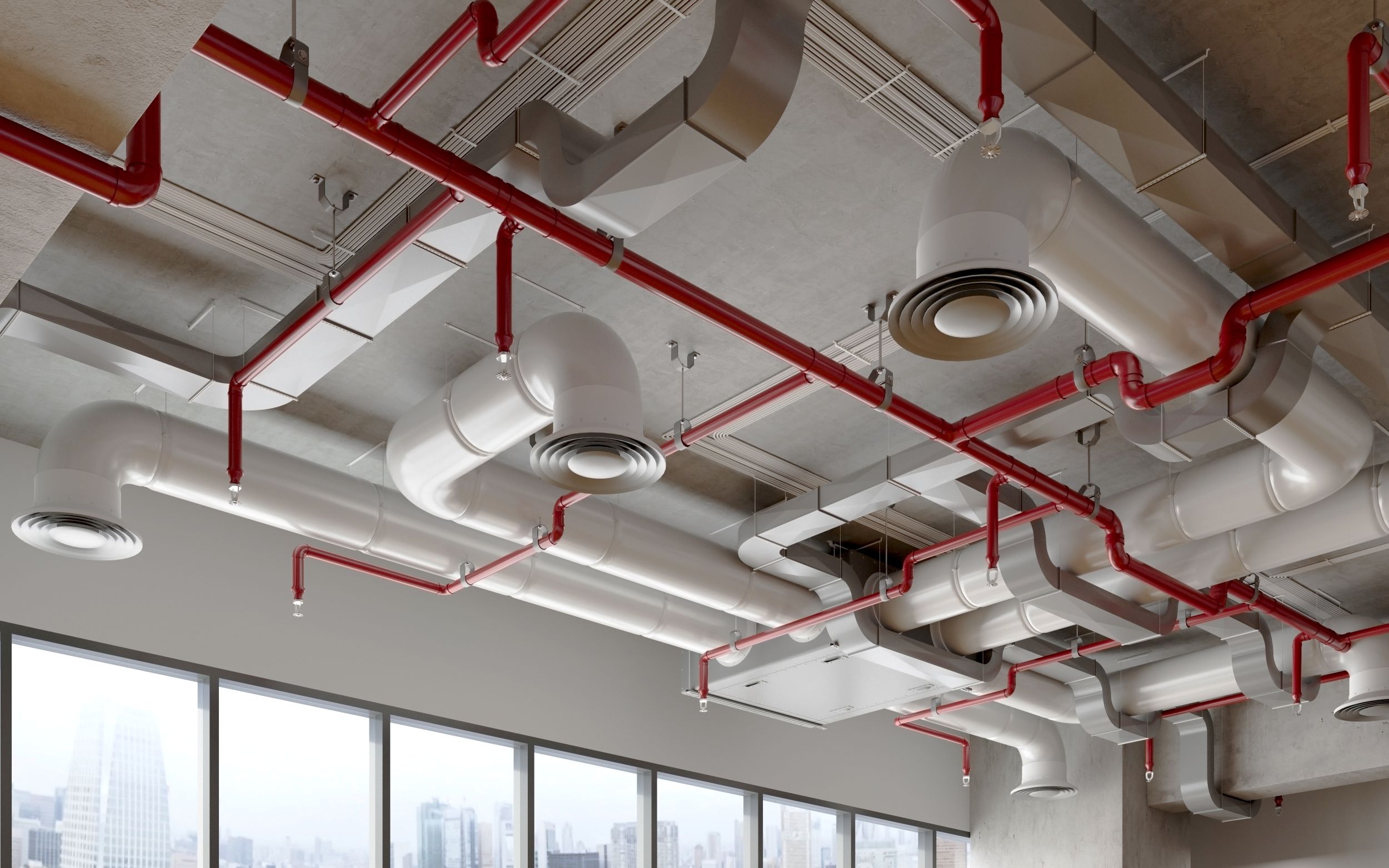Rubber Flooring in the UK: The Sustainable Choice for Modern Architecture
A look at Rubber Flooring in the UK
.jpg)
Rubber flooring has quietly evolved from an industrial workhorse into one of the most forward-thinking materials in the UK design landscape. Once associated with trains, hospitals, and factories, it’s now a go-to specification for architects and designers shaping the next generation of educational, science, office, public space and healthcare settings.
What’s driving this shift is not fashion, but performance and sustainability. Unlike vinyl, which relies on petrochemicals and plasticisers, rubber flooring is naturally hard wearing, long-lasting, and PVC-free. Its durability — typically lasting 20+ years — makes it ideal for high-traffic environments such as universities, corridors, offices, R&D facilities and laboratories. Rubber absorbs impact, dampens sound and offers a forward thinking sustainability framework, meeting both RIBA design and procurement expectations.
Manufacturers like Artigo Rubber have led this transformation, with Environmental Product Declarations (EPDs) that verify their low environmental impact and contribution to BREEAM, LEED, and WELL building standards. In the UK, design teams are now specifying rubber precisely because it delivers quantifiable sustainability credentials — renewable energy manufacturing, and ultra-low VOC emissions are no longer optional, but expected.
From a design perspective, rubber also provides creative freedom. Wide roll widths, such as Artigo’s 1.9 m format, allow for fewer joints and a seamless, contemporary finish again aligned with RIBA's design guidance (especially corridors and circulation spaces). Loose-lay systems like Artigo UNI LL simplify installation on raised floors, reducing install time and enabling material recovery at end-of-life — a crucial step toward circular design.
Architects across the UK, particularly those in higher education and healthcare sectors, are recognising that rubber’s longevity offers clients much more when looking at full life cycle costings. It’s not just a floor covering — it’s a resilient surface that supports the rhythm of daily life in complex environments.
As the UK construction industry accelerates toward net-zero targets, materials that combine performance, health and environmental accountability are leading the way. Rubber flooring has earned its place among them: a robust, sustainable and beautifully functional foundation for the spaces that define modern Britain.



